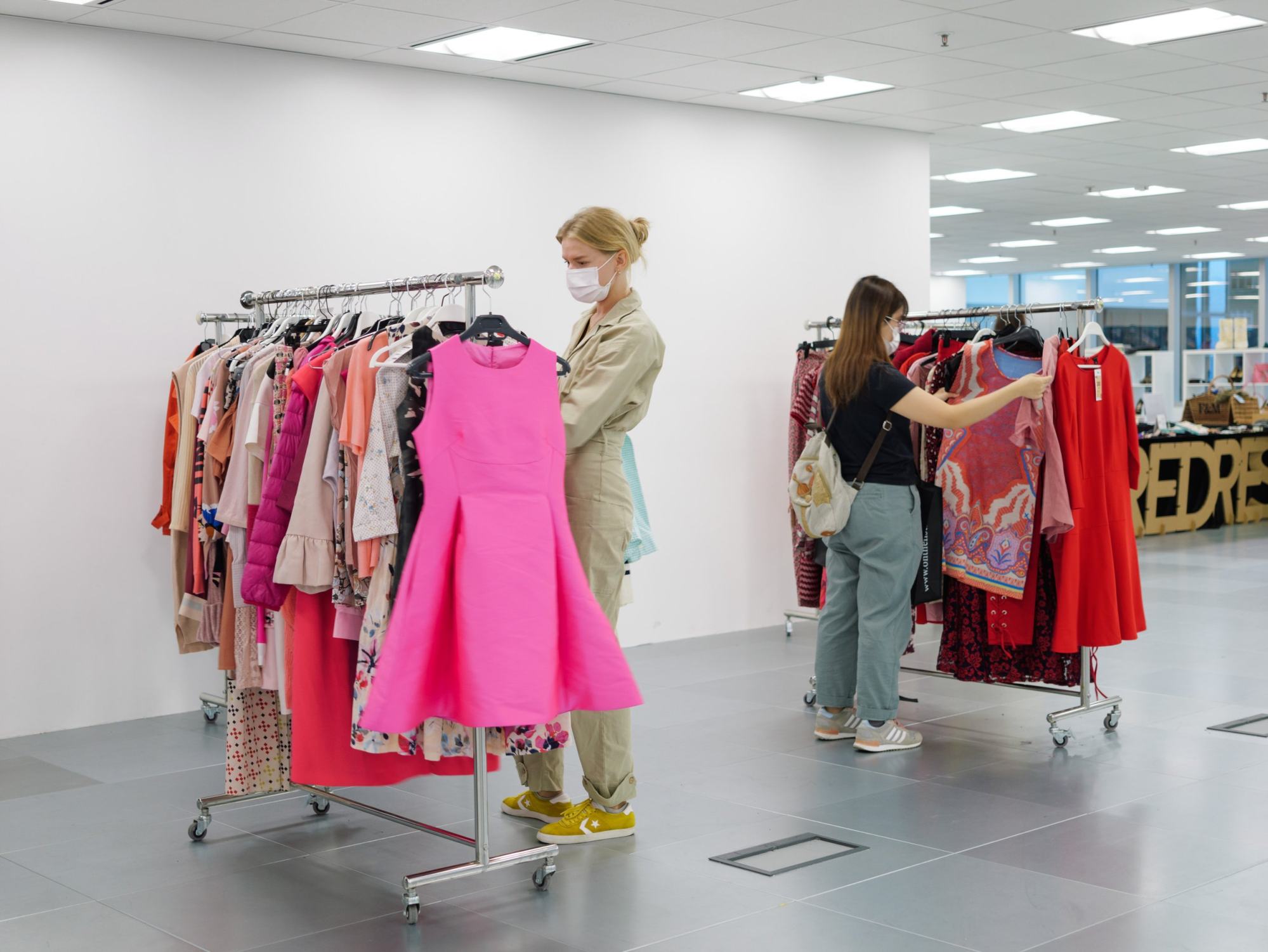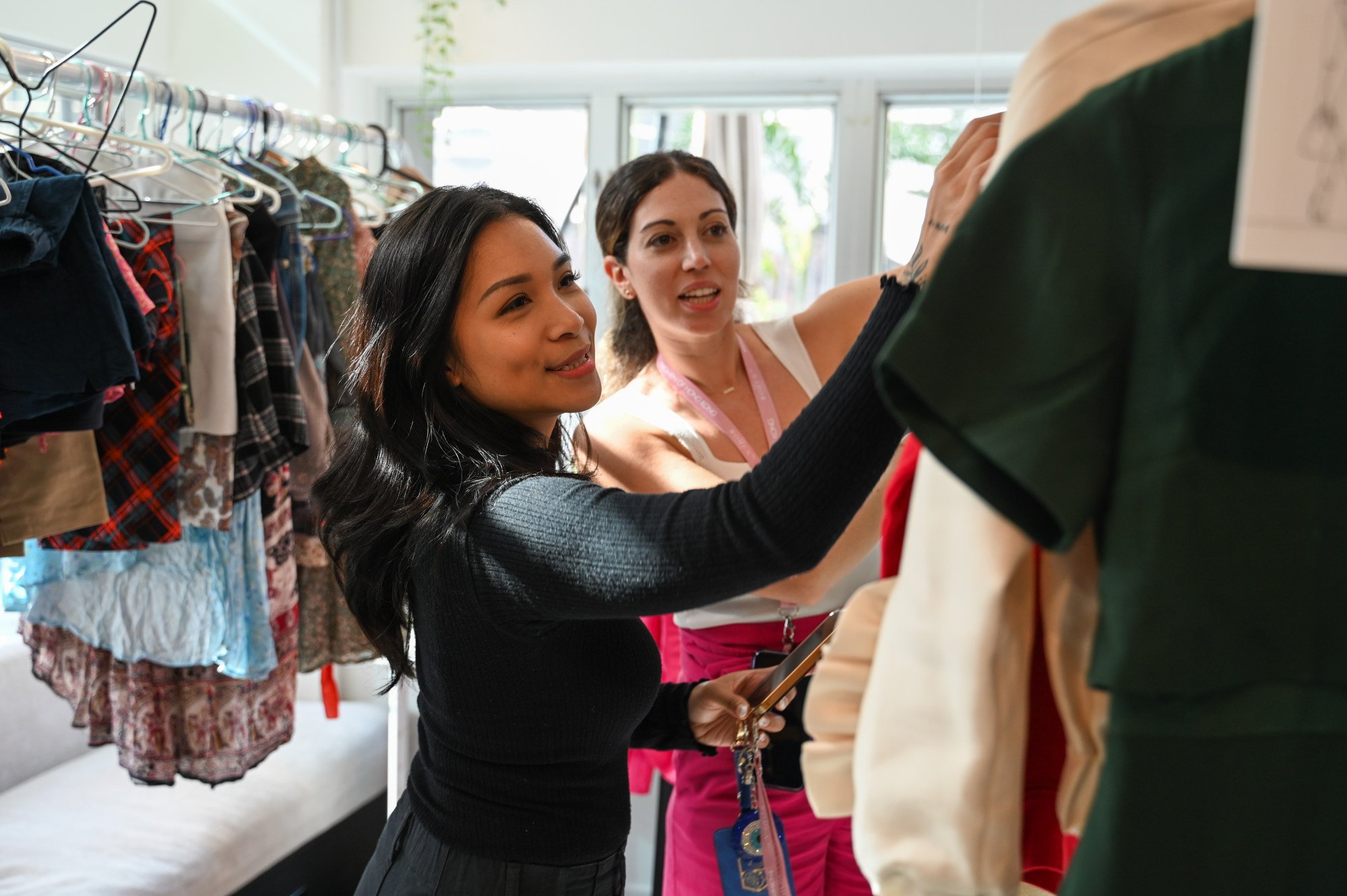Fashion
To reduce clothing waste, adopt circular fashion, Hong Kong charities say

The scale of the pile may be shocking, but the director of Redress’ circular fashion programme, Aurianne Ricquier, says it represents just a fraction of the volume of waste textiles thrown away in Hong Kong every day.
“Look at the clothes in this box – some have never been worn,” she says, holding up a top with tags dangling from it.
The collection is the result of a clothing drive held in May as part of Get Redressed Month, the city’s largest clothing consumer awareness campaign.
Past “second life” campaigns have been successful: in 2022, Get Redressed Month collected 16.2 tonnes of clothing, with 60 per cent redistributed to Redress’ charity partners and 17 per cent resold at Redress’ pop-up shop.

Clothes donated in its most recent drive will either be repurposed, resold, repaired or recycled, says Ricquier.
“Giving away unwanted clothes means they are put back into circulation so they can be reused by others,” she says. “Some will be distributed among Redress’ network of charity partners, or responsibly downcycled.” The latter process can include clothes being shredded and repurposed as insulation material.
Quality pieces such as designer label garments and those made from expensive materials will be resold at a Redress pop-up at Lincoln House in Taikoo Place from June 18-23.
“People will have the chance to buy from our huge selection of affordable, quality second-hand clothing and accessories – there is something for everyone, and you’ll be saving carbon emissions with your ‘new’ pieces,” Ricquier says.
“Some think second-hand clothes are like those found in a flea market but for our pop-up, everything is cleaned, steamed and hung nicely and colour-coded,” she says. “It’s done properly so the buyers have an enjoyable shopping experience.”
It seems attitudes are shifting if the rise in popularity of clothes-swap events is anything to go by.
“The fashion industry has a major environmental footprint, but we believe there are many amazing solutions and alternatives emerging,” says Georgie Harvey Ross, founder of the community-run Swop Society, which hosts pop-up swap events throughout Hong Kong. The next one – a Circular Fashion Fair – takes place on June 23 at SoHo House in Sheung Wan, on Hong Kong Island.
“Our goal with the Circular Fashion Fair is to inspire people to rethink their clothing consumption habits and discover the incredible potential of the circular fashion movement,” Harvey Ross says.
Non-profit organisation Take Out Plastic is also committed to reducing fabric waste in Hong Kong via its second-hand clothing exchange, Top Swop, which drives circular fashion initiatives in the city.
The song encourages consumers to buy fewer and better quality garments and to keep them for longer.
These are important messages, says Kitty Tam, programme lead of Hong Kong 2050 is Now. The average consumer buys 60 per cent more clothing items than 15 years ago, with each garment kept for half as long, she says.
“Based on our annual youth programmes, we have observed that students show a strong interest in making fashion sustainable,” Tam says.
“I hope that through this fun collaboration, we can reach more young people and show them what can be done in their daily lives regarding climate action, demonstrating that looking good and doing good can coexist.”

The human cost of fast fashion cannot be ignored either, with the sector dependent on an exploited labour force in developing countries where workers – some underage – are often underpaid, overworked and exposed to dangerous conditions.
“Redress Secondhand Pop-Up”, June 18-June 23, Tue-Fri, 11am-8pm; Sat-Sun, 11am-6pm; 11/F, Lincoln House, Taikoo Place, Quarry Bay.
“Circular Fashion Fair”, June 23, 11am-6pm, 30/F Pool Room, Soho House, 33 Des Voeux Rd W, Sheung Wan.










